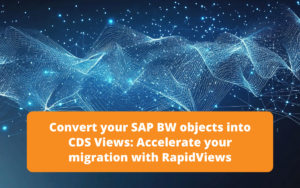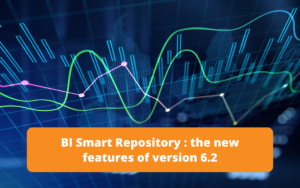Introduction
SAP Datasphere opens up new perspectives in data management, modelling and analysis. The innovations in the Q2 2023 update extend the platform’s power by introducing features such as currency conversion after aggregation, compound key management, and seamless integration of SAP BW/4HANA queries into analytical models. This ongoing evolution marks a significant step forward in data management.
Parallel task execution (Tasks Chain)
One of the new features of SAP Datasphere is the ability to run parallel jobs simultaneously within job chains. This enhancement provides the ability to define sets of tasks that can run in parallel, optimising the use of system resources. In addition, this feature allows collectors to continue executing even when previous tasks have finished, making it easier to manage complex dependencies between tasks. With these advances, SAP Datasphere users can leverage the power of parallelism to accelerate processes and improve the overall efficiency of task and data management.
The distinction between these two types of view is based on the type of data they expose.
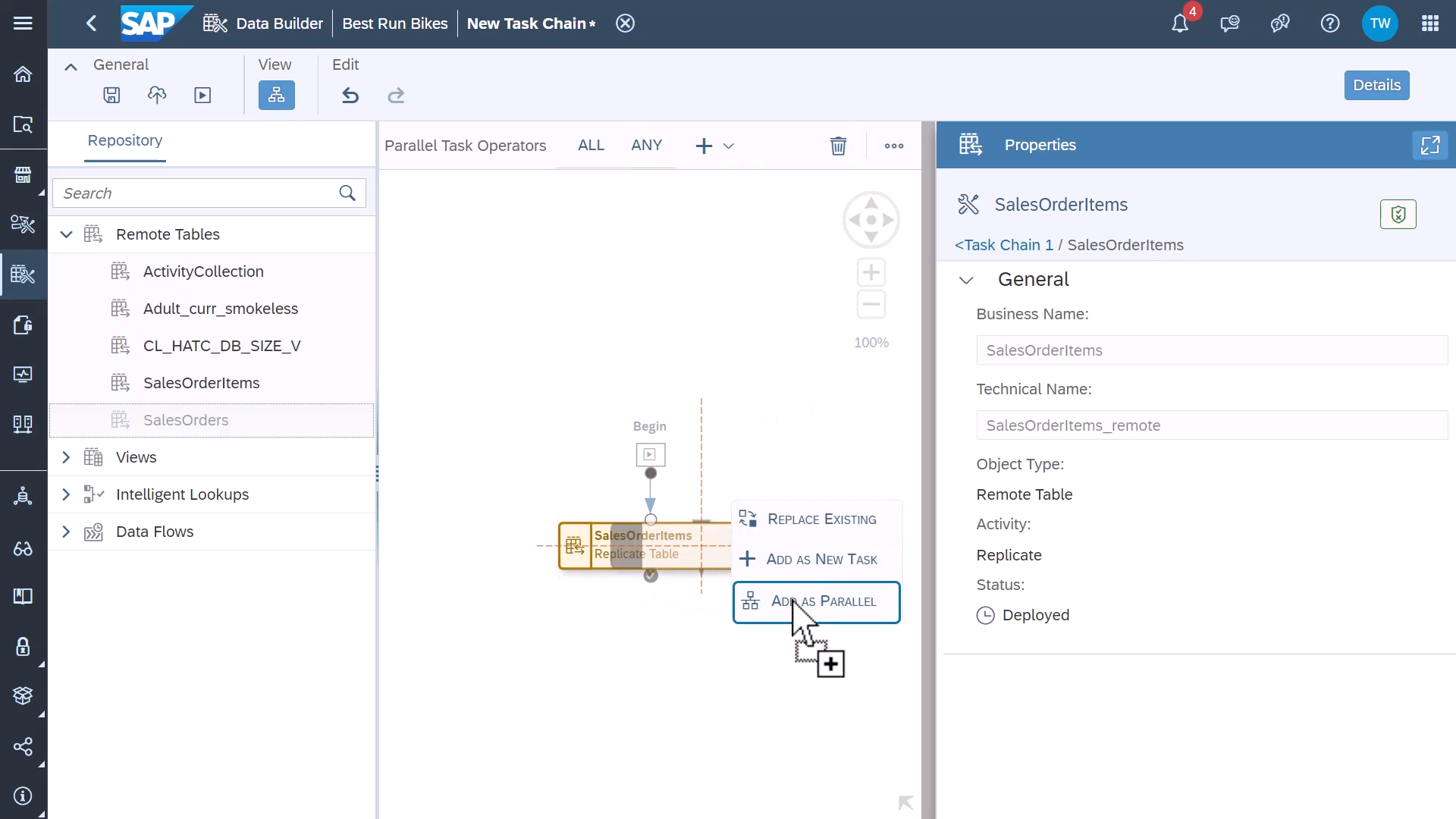
Subscribe to the Rapid Views Newsletter !
Stay up to date with our latest blog posts, upcoming webinars and news!
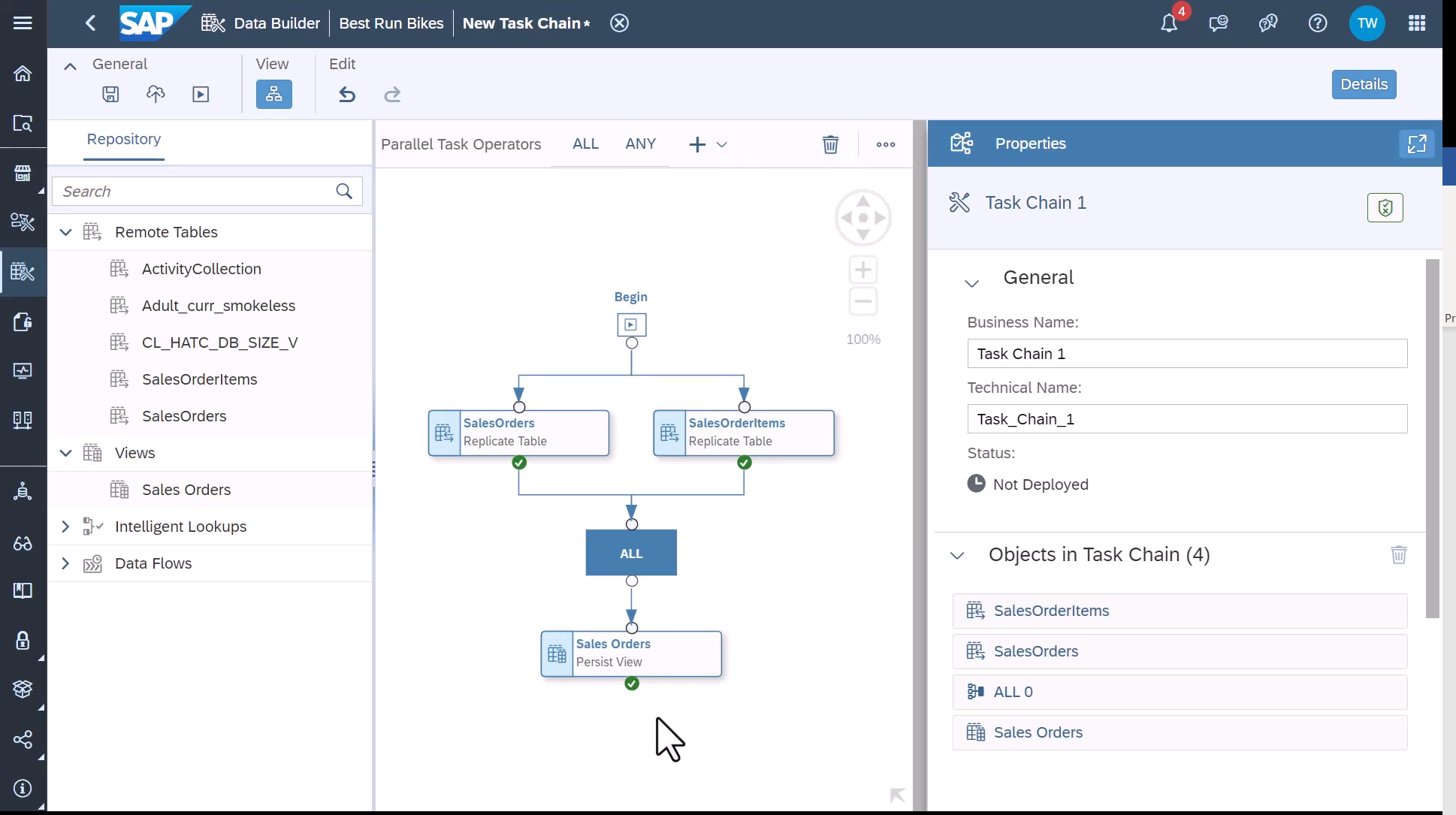
Currency conversion (Analytic Model)
A recent development in SAP Datasphere concerns currency conversion after aggregation. This new feature enables currency conversions to be performed once the data has been aggregated. This functionality is based on a specific type of measurement dedicated to currency conversion, so it is necessary to import the currency configuration tables into the « Data Builder ».
It simplifies and optimises the process by performing a single conversion for each set of aggregated data, rather than converting each record individually. This approach improves operational efficiency and aligns SAP Datasphere more closely with business needs. As a result, this advance facilitates financial and commercial decision-making by offering optimised analytical capabilities.
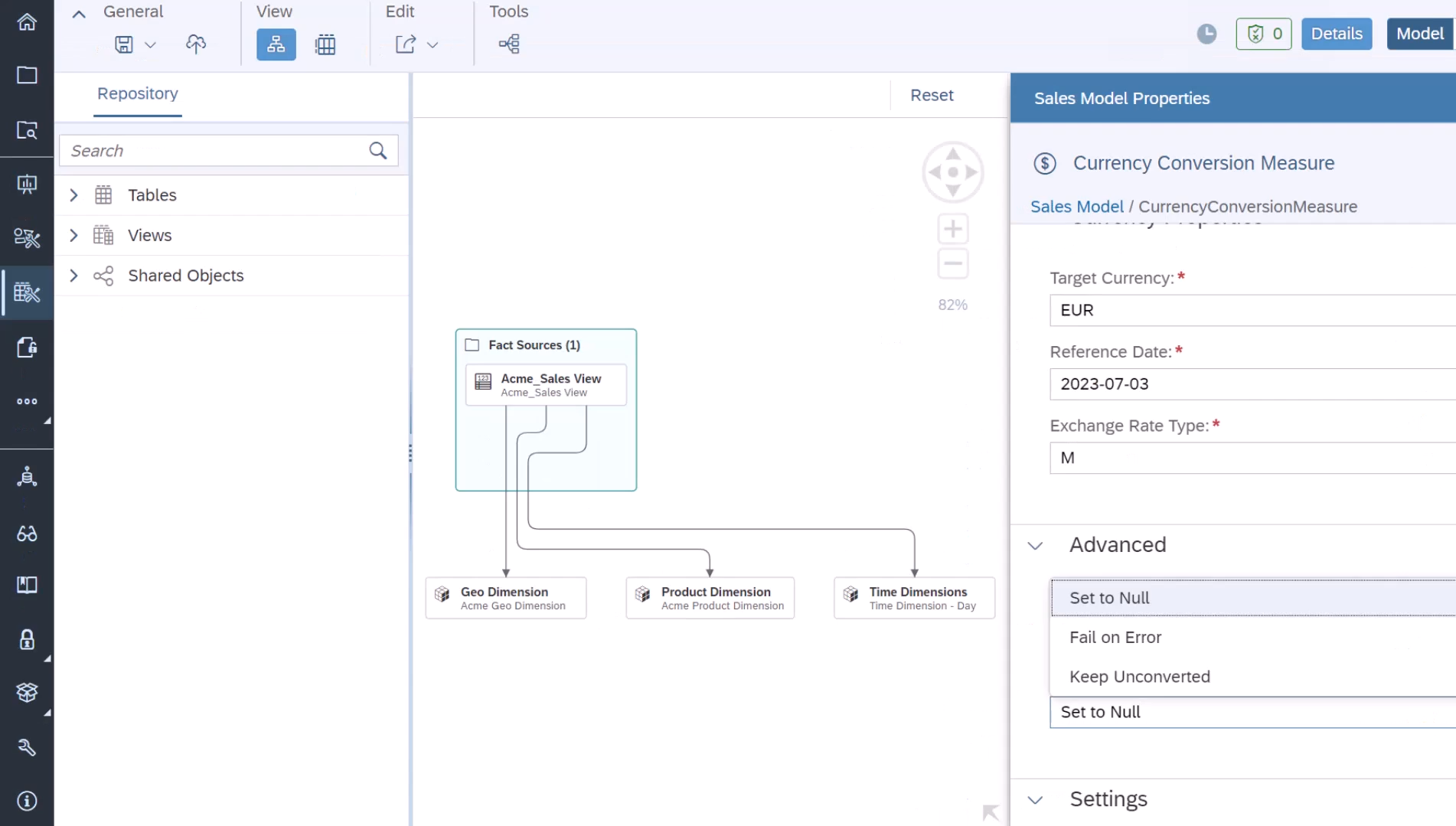
Compound keys (Analytic Model / Business Builder)
A significant development in SAP Datasphere is support for compound keys. This new functionality enables the efficient management and use of compound primary keys when modelling data. Compound keys, which consist of multiple columns, can now be managed transparently within the SAP Datasphere environment.
This enhancement facilitates the creation of more complex and realistic data models, accurately reflecting data structures in various domains. As a result, SAP Datasphere users can design data models that better meet their specific business needs, ensuring more consistent and accurate data integration and analysis.
Compound keys are now supported in both analytical models and the SAP Datasphere Business Builder.
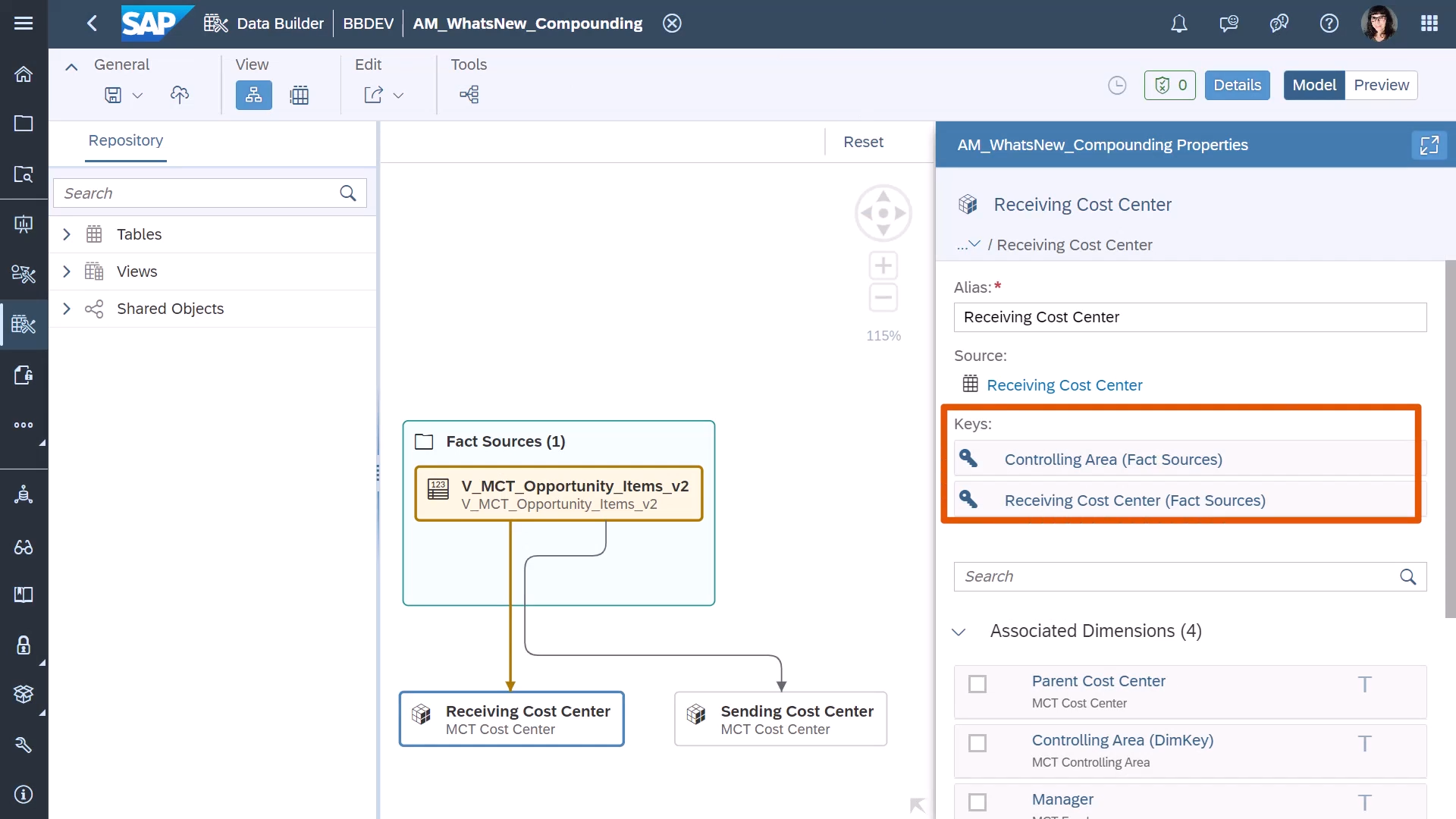
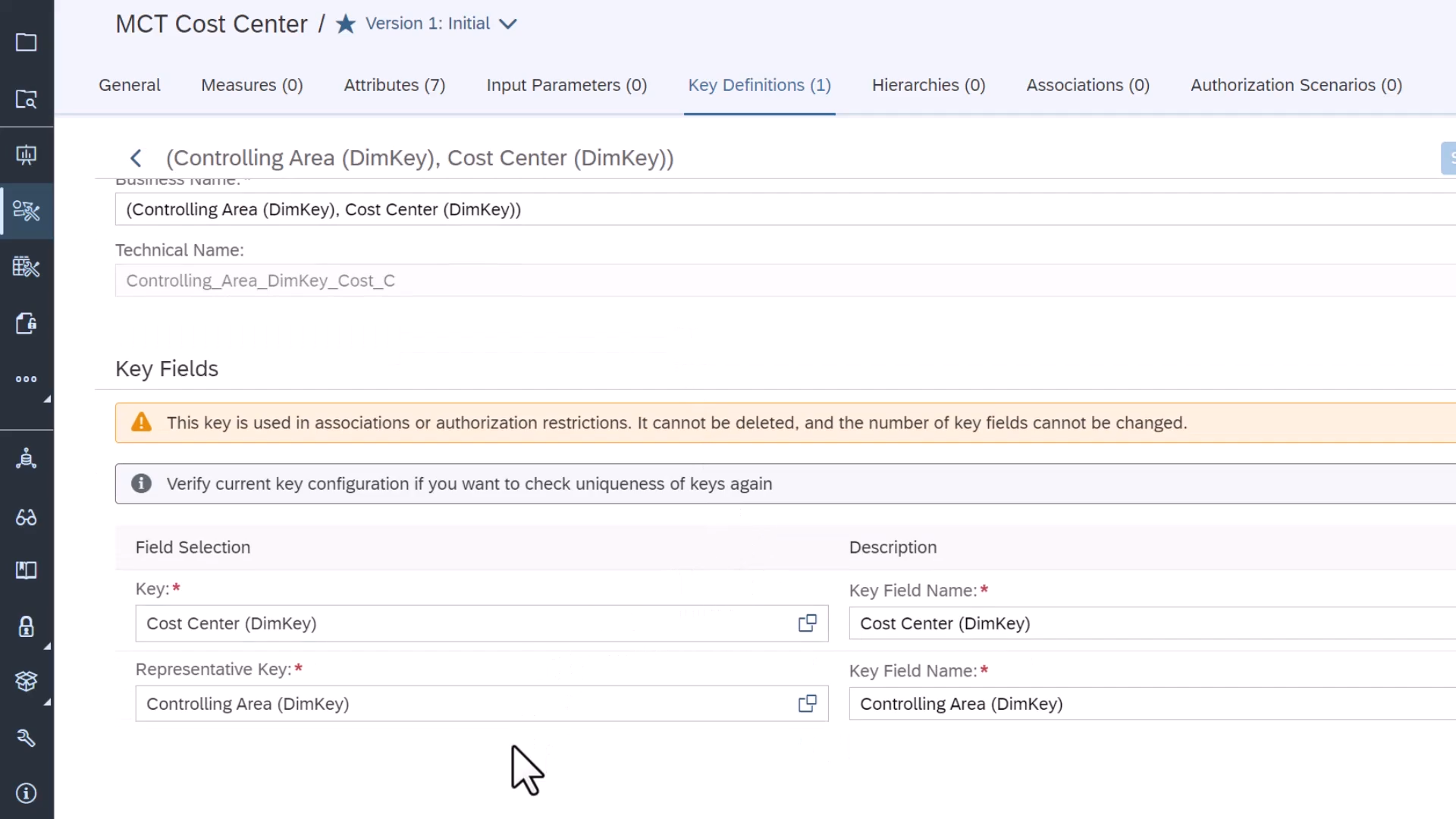
Transport (Business Builder)
Transport functionality is a significant advance in SAP Datasphere Q2 2023. It offers the ability to easily transfer artefacts and configurations between different environments, such as from development to production.
With this functionality, users can ensure the consistency and integrity of their models, tasks and data across different stages of their lifecycle. This greatly simplifies the deployment and project management process, minimising the risk of human error and improving the traceability of changes.
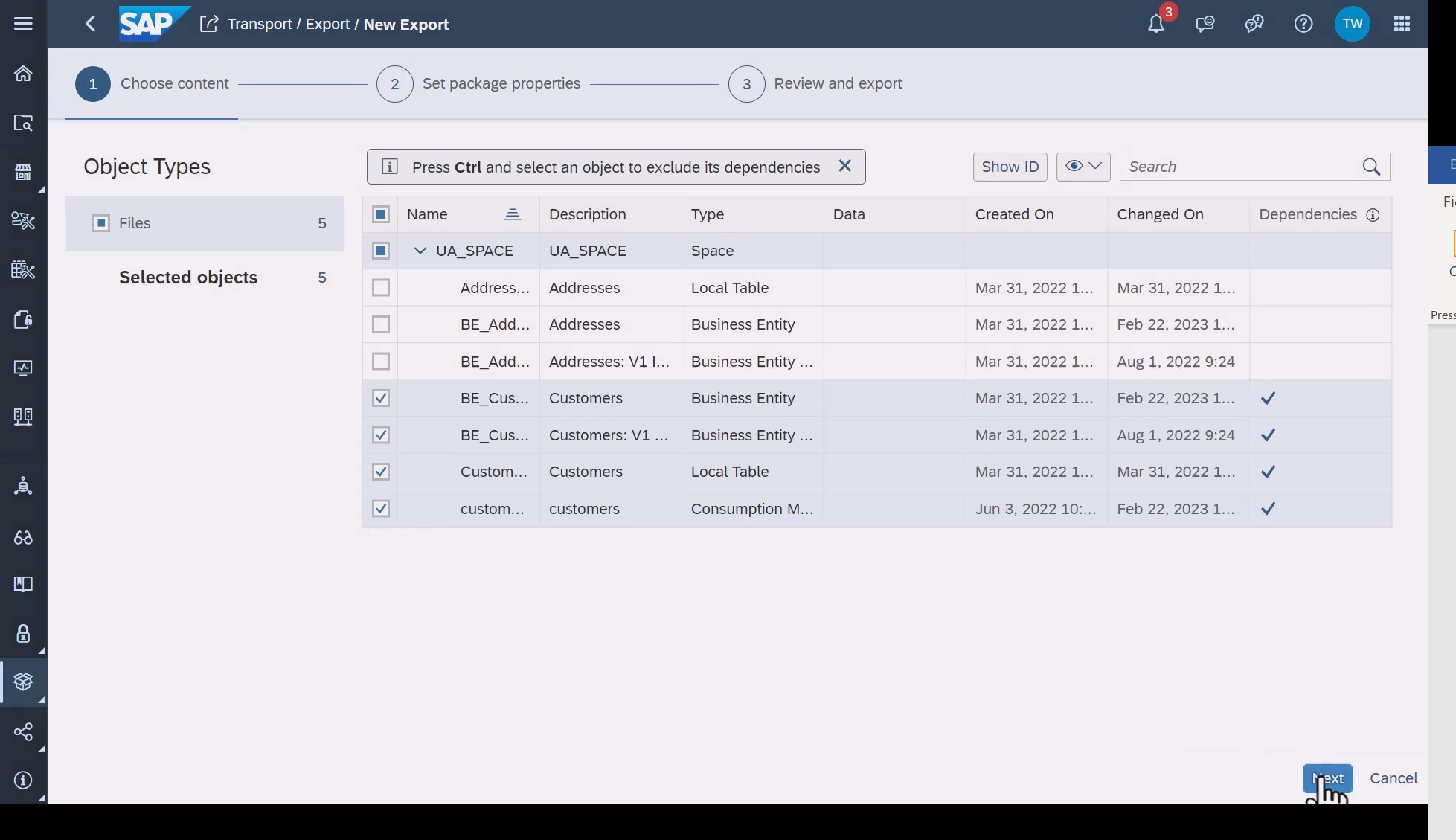
Integration of SAP BW/4HANA queries into analytical models (Business Builder)
Another major milestone in SAP Datasphere Q2 2023 is the seamless integration of SAP BW/4HANA queries into analytical models. This feature allows users to leverage their existing SAP BW/4HANA queries and seamlessly integrate them into SAP Datasphere analytical models.
This synergy facilitates data exploration and analysis, offering the ability to aggregate and visualise data in a personalised way. As a result, users can create more comprehensive analytical models using rich data from SAP BW/4HANA, while leveraging the advanced capabilities of SAP Datasphere for deeper analysis and better decision-making.
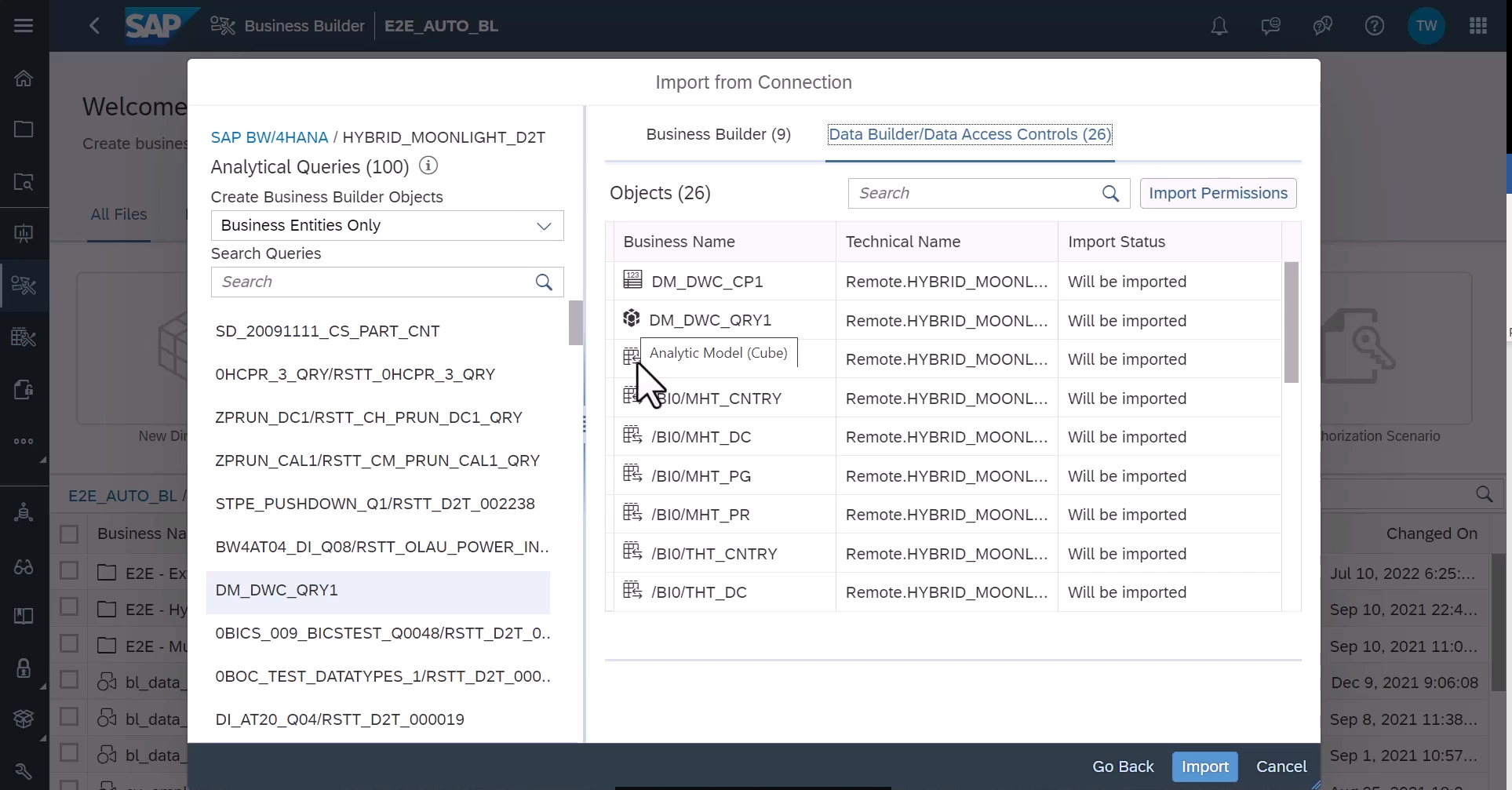
Importing entities from SAP S/4HANA On-Premise
A notable development in the SAP Datasphere landscape is the ability to import entities from local SAP S/4HANA systems. This new functionality paves the way for a significant expansion in the scope of metadata imports, enabling users to explore and exploit data directly from on-premises SAP S/4HANA systems.
This innovation facilitates the integration of data from local sources, while contributing to a more comprehensive and detailed view of information. By taking advantage of this breakthrough, companies can improve their ability to make informed, strategic decisions using data from their existing SAP S/4HANA systems.
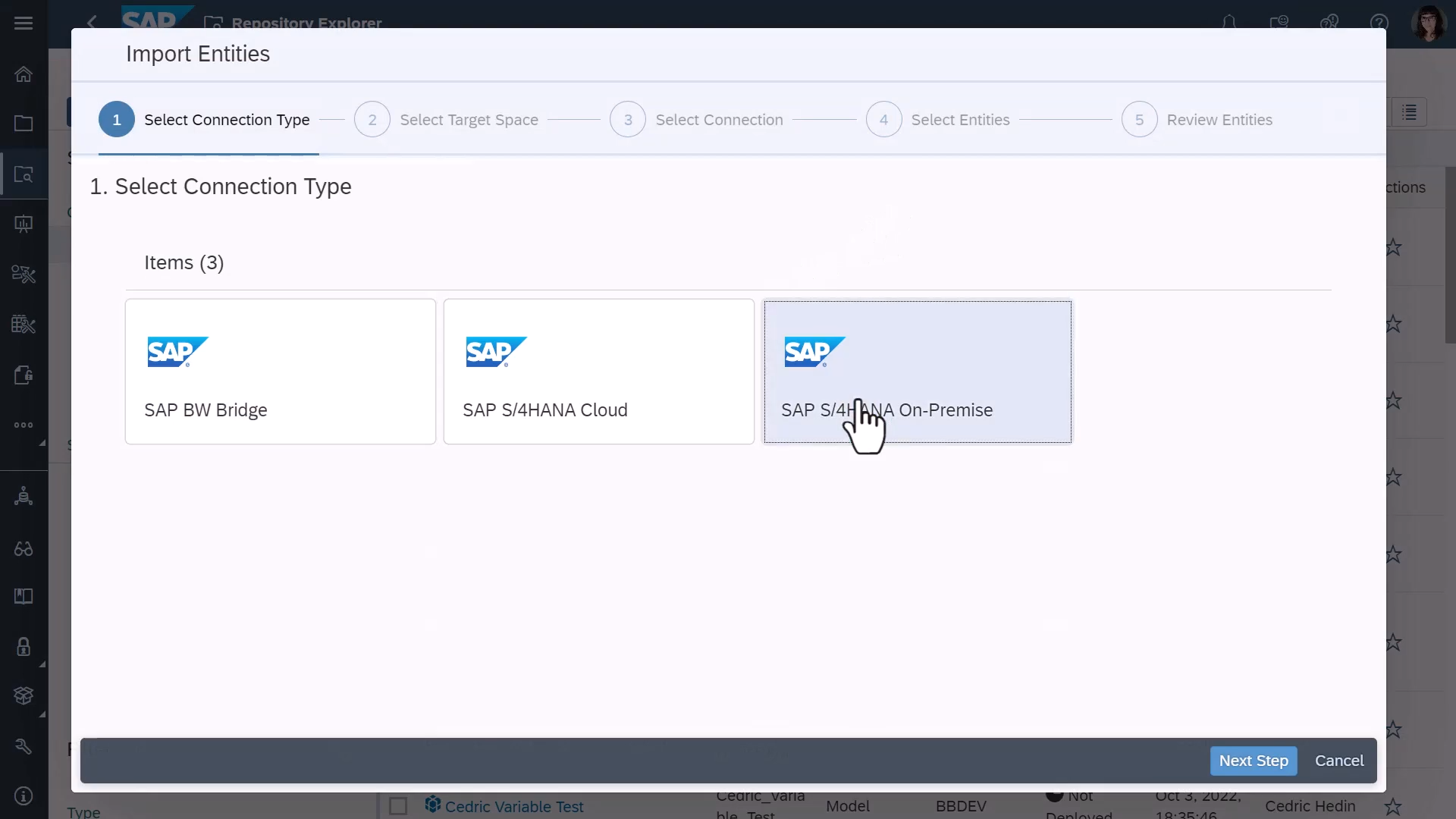
Conclusion
In summary, this overview highlights the new features recently integrated into SAP Datasphere. Each update cycle brings its own set of changes and improvements, designed to make the tool even more efficient and easier to use.

